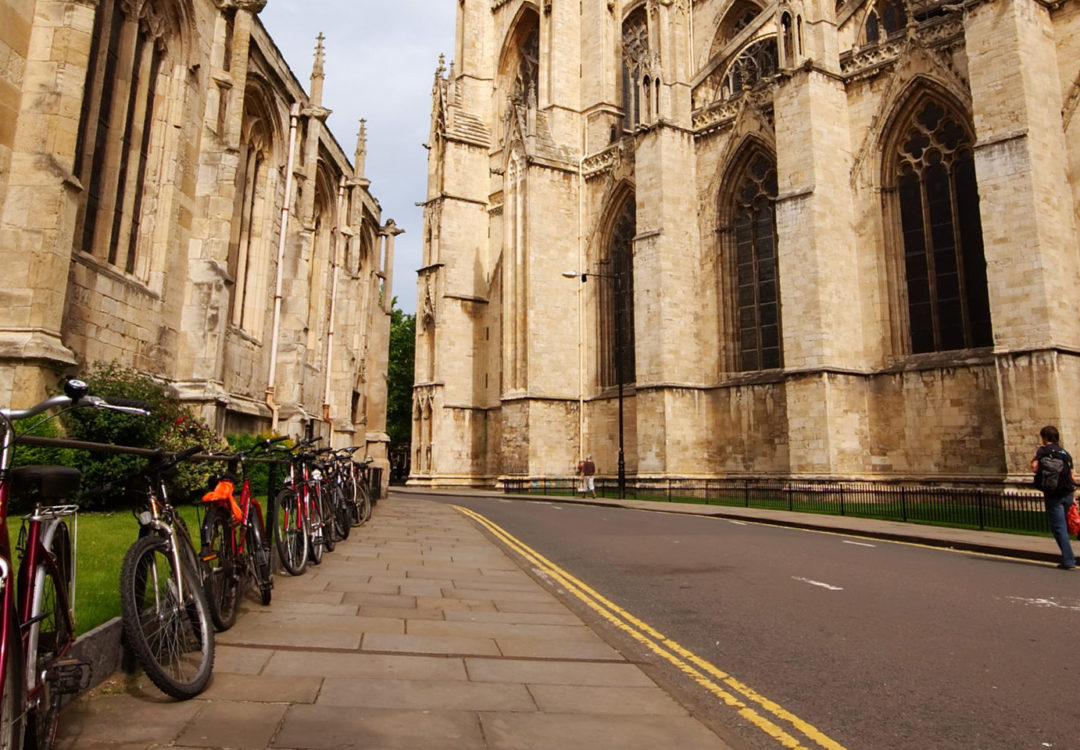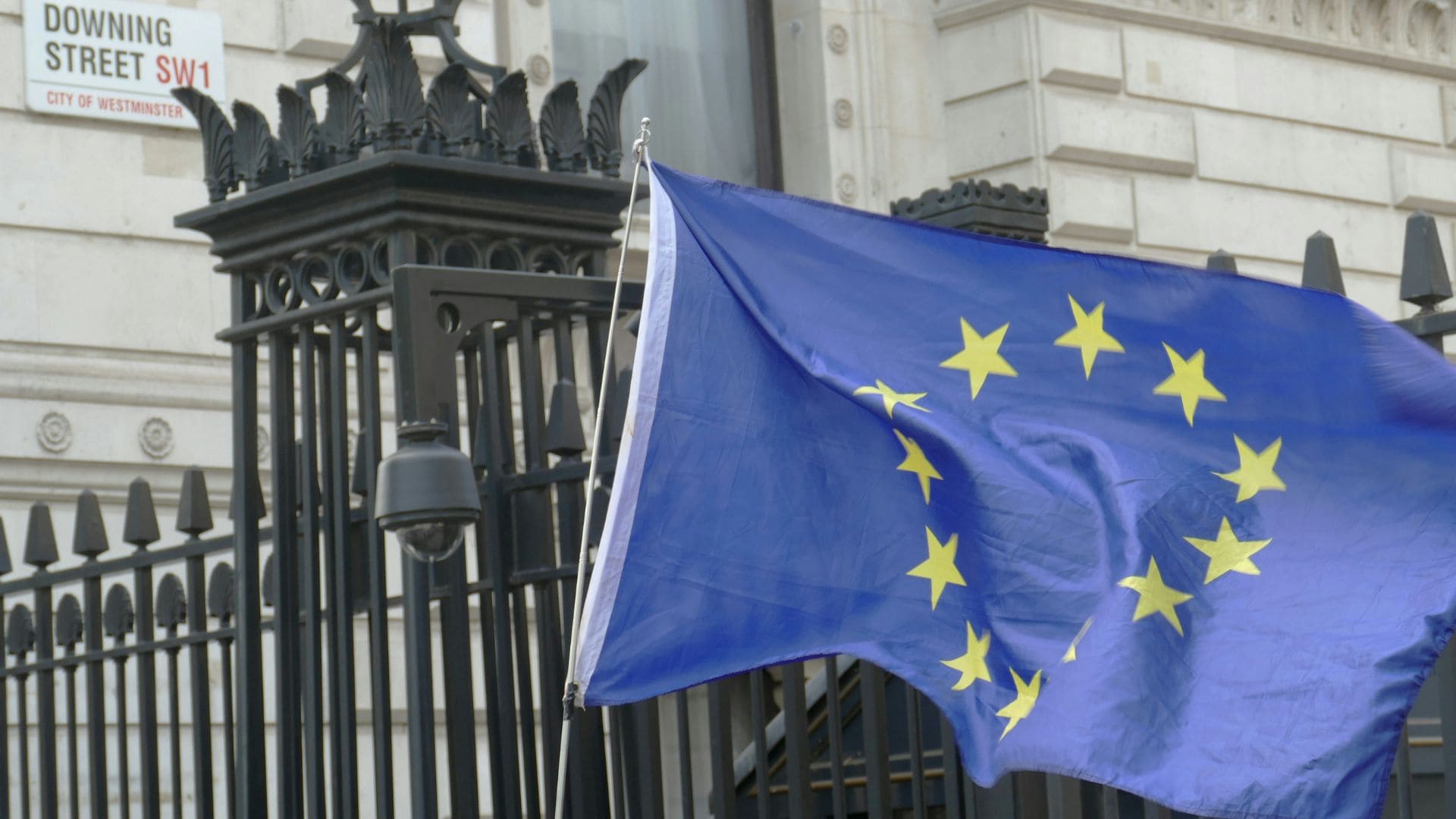Articles
Protecting shoes
October 2017
Obtaining an IP foothold. Shoes, in one form or another, have been around for a very long time. The world’s oldest known leather shoe was discovered in an Armenian cave in 2008. The ‘Areni-1’ was exceptionally well-preserved, given that it was over 5,500 years old. Human fossils with delicate toe bones indicate that even Neanderthals occasionally donned footwear over 40,000 years ago.
Today, the highly competitive footwear market is worth in excess of £160 billion. To stand out, retailers have focused on product differentiation, be it in terms of style, comfort, durability or function. Whilst creativity, innovation and self-expression (here’s looking at you, Lady Gaga armadillo boots) have not been lacking, the ability to monopolise seemingly differentiating product features has been a reoccurring issue for even the most successful of retailers.
Whilst this, in part, stems from standard limitations of what may be monopolised under IP law, there is an argument that retailers could do more to match the innovation and imaginativeness deployed in product development with equally creative and deliberate approaches to IP protection.
Simple, not protectable?
Simple trade marks can create powerful brands but obtaining (and retaining) registered protection has proved difficult for many retailers. In recent years, we have seen the EU General Court invalidate the K-Swiss five-stripe logo, the Vans single wavy line logo and the Louis Vuitton chequerboard pattern. All of these marks were considered to be too banal to convey a trade mark message to consumers. Whilst it is possible to overcome such objections with evidence of acquired distinctiveness, none of the brand owners were able to persuade the court that their so-called decorative trade marks had become distinctive through use.
One of Adidas’ three stripe marks may soon be added to that list of irrevocably lost trade marks. The EU IPO Board of Appeal held in March that the three stripes were too simple to distinguish the retailer’s clothing and footwear goods from those of other entities. 12,000 pages of evidence was not enough to convince the Board of Appeal that the mark had acquired distinctiveness. Whilst Adidas have appealed the decision to the General Court, the retailer will not be encouraged by recent jurisprudence.
Innovating in IP protectable ways
Whilst some retailers have experienced difficulties in protecting ‘simple’ elements of their branding, others have had more success by innovating in IP protectable ways.
One such example is Christian Louboutin. When Louboutin introduced his signature red sole high heels in 1992, not many could have predicted how synonymous of his brand they would go on to become. To protect his interests, Louboutin registered the red-lacquered outsole as a colour and position trade mark in the US in 2008 and in the EU in 2016. For Louboutin, the value of having these ‘non-traditional’ trade mark registrations in the fight against copycats cannot be overstated.
The shape of the ever divisive Crocs shoe is registered as a 3D trade mark in the EU. For a 3D mark to be considered inherently distinctive, it must depart significantly from the normal shape of the goods for which registration is sought. Crocs’ marketing campaigns have claimed that “ugly can be beautiful”. It seems ugly can also be a registered trade mark.
In 2016, Nike Inc. secured over 600 patents in the US, with over 260 of these relating to footwear. Nike has patent protection over fitness sensors that can measure the pressure on a shoe, activity tracking devices placed in the sole of a shoe to detect and log user performance and various processes for automated shoe customization. As the ‘athleisure’ market continues to grow, Nike is ensuring it is ready to meet the increasing consumer demands for “smart” textiles, wearable technology and product customisation. Crucially, its innovations have been matched with purposeful IP protection.
Progressive market
As we approach an age of odour-neutralising, colour-changing and self-lacing smart shoes, the progressive footwear market shows no signs of slowing down. We have seen that it is possible to match high levels of product innovation with creative and appropriate IP protection across the formal, casual and athletic footwear markets. With the difficulties involved in protecting ‘simple’ aspects of branding, retailers that manage to innovate their product lines in IP protectable ways may be the ones who see the biggest success.





























